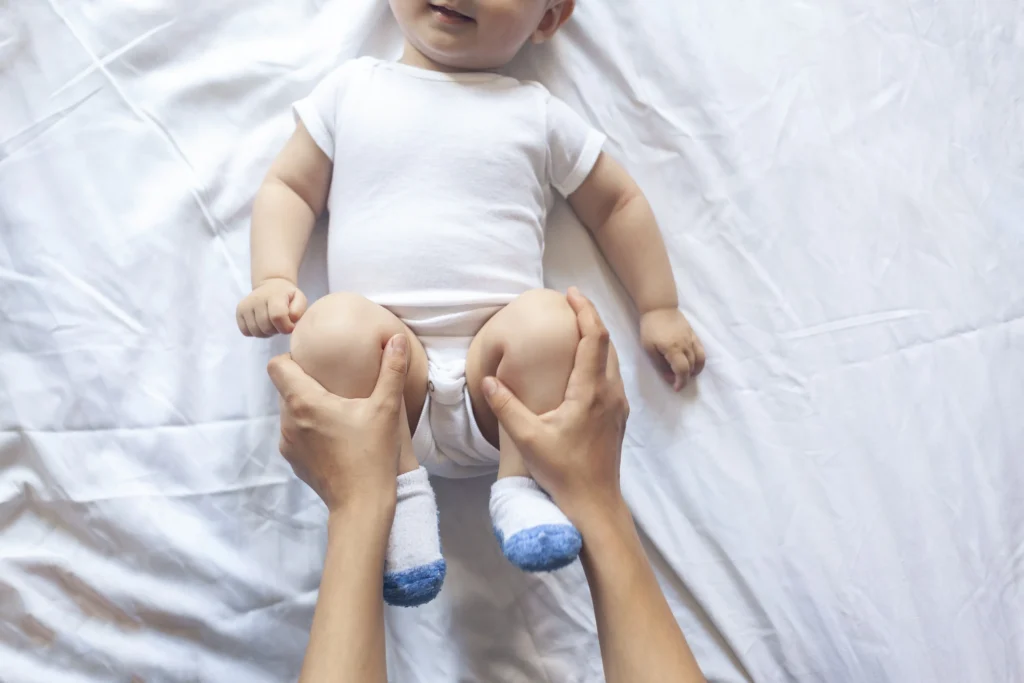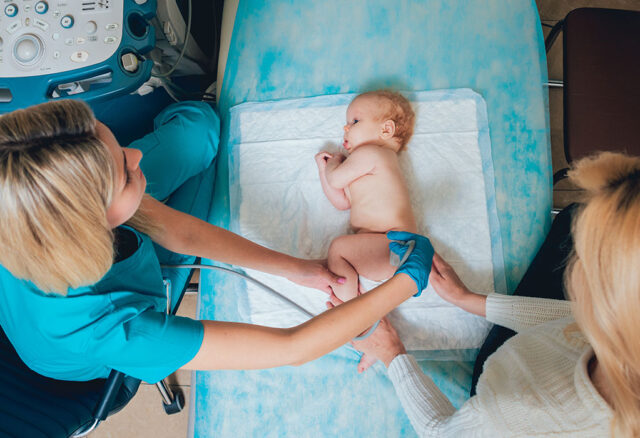In general, there are many complications in childbirth, and one such complication is hip dislocation. Soon after the birth, the doctors might check for essential criteria and confirm physical wellness. So for identifying and treating, there are various methods namely Barlow and Ortolani.
For what is Barlow and Ortolani’s test used? These two methods are used for identifying and rectifying the instability of the hip. In simple words, it can also be called a clinical screening for correcting hip dislocations. In this article, people can find basic information about the Ortolani and Barlow tests, so stay connected until the end.
Barlow Test

Thomas Geoffrey Barlow invented the Barlow test between 1957 to 1962. This method is used to dislocate the femoral head from the acetabulum. This process can either be called dislocation or treatment because only after following this procedure the surgeon will be able to fix the dislocated hip. Soon after the examination, the doctor will provide you with a result, and if the signs are positive, the infant must be taken to an orthopedist to rectify the problem with ease.
Procedure For Barlow Test

Generally, Barlow is performed by standing in front of the examination house to operate the baby with ease. Orthopedists usually prefer to use both hands while performing the Barlow test.
The first and most crucial step of an orthopedist is to stabilize the pelvis to flex the hip to 90 degrees; this rotation can be done by holding the knee of the child. A gentle force is applied to the knee to relocate the part in the right place. If the hip is popped out of the socket, it is said to be a positive Barlow.
Ortolani Test

This method was first introduced in 1936; generally, the Ortolani test is performed after a Barlow maneuver in which the legs will be in a v-shaped position. In short, the Barlow is a process in which the bone will be placed in an inclined or different position to set the bone free. So soon after setting the bone-free, the doctors will relocate the bone in the right place.
Orthopedists generally prefer to stabilize the pelvis by holding the contra-lateral hip through one hand, and the other hand is allowed to provide an upward force on the lateral side. A positive Ortolani is confirmed soon after finding the perception of palpable clunk, and it also indicates the relocation of the hip in the right place.
Final Words
In this article, you have seen some essential points and treatments for dislocation of the hip bone for children. Now people must have a clear idea of both the tests. Anyone can choose the preferred test to enhance the future of infants.
Barlow and Ortolani can also be called sequential tests performed one after the other. Generally, hip examinations must be conducted regularly until the child walks. In short, this kind of examination can be done soon after the birth and on every test visit.




